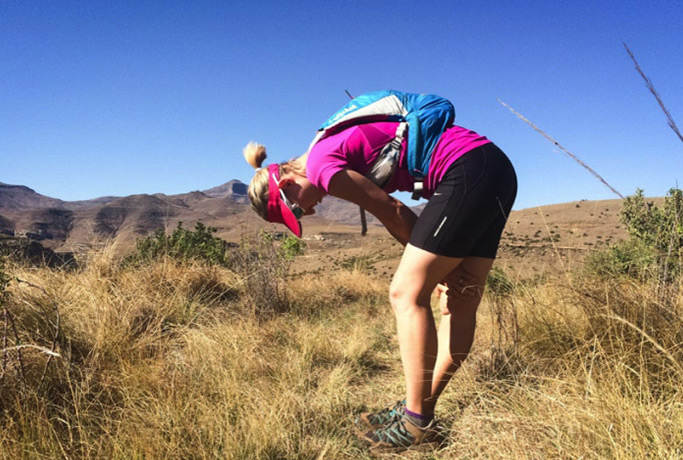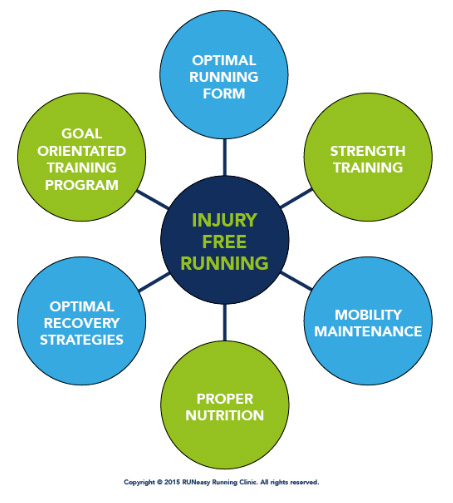The RUNeasy report #1: Is there a way to prevent Running Injuries?

There is no pain greater than the pain of not being able to run, and runners will do anything to prevent running injury
Most runners will battle with injury at some stage during their running career. For most, the ability to run injury free seems like a myth or a super power only a select few are blessed with.
Since running became popular in the 70’s we’ve seen a growth in research looking at prevalence, cause, prevention and treatment of running related injuries. Countless books have been written on the topic of running injury prevention. Shelves in running shops are lined with gadgets that will help prevent and cure injuries. Even with all this new technology and information available today, running related injuries are still occurring at the same rate. Around 60% of recreational runners are sustaining a running-related injury each year. The injury rate rises as high as 90% in runners training for a marathon.
So can we truly prevent running injuries from occurring in the first place? I doubt it. Is it possible to follow a training program that makes us more resistant to injury? Definitely.
I started the RUNeasy Running Clinics to teach runners to do exactly that. The RUNeasy approach combines all 6 principles that are essential for an effective injury prevention program:

1. Optimal Running Form:
I believe that all of us were born with the natural ability to run. However, runners rarely consider that sub-optimal running form might contribute to injury. Improving your running form could reduce excessive load on affected joints and soft tissue structures, reducing the risk for injury. Improving your running form also improves running efficiency and performance.
2. Strength Training:
Weight training strengthens bones, muscles, tendons and ligaments making them resistant to the repeated stresses they are subjected to during running. The stronger you are, the longer and harder you will be able to run before tissue breakdown occurs. Read more about ST for runners here.
3. Maintenance of Mobility:
Sub-optimal mobility leads to poor movement patterns that can cause overload on affected structures. We don’t need to bend like gymnasts, but even minor improvements in mobility will promote better overall movement and form during running.
4. Goal Orientated Training Programs:
By following a training program tailored to your specific training and racing goals could help you to avoid overtraining and injury. A well-structured training program incorporates enough running to build fitness, without causing over-training.
5. Optimal Recovery Strategies:
Continuous running, without adequate rest, will eventually cause tissue breakdown. We can only improve and get stronger if we allow the body time to rest and adapt to new training loads. Proper nutrition, enough sleep and rest days, all play a crucial role in promoting optimal recovery.
6. Proper Nutrition:
Every athlete knows that a proper nutrition plan is key in providing the building blocks for post-exercise recovery. We also know that poor nutrition is linked to a higher risk of injury. Include enough high-quality protein and calcium-rich foods to ensure optimal muscle and bone repair after training and racing.
By implementing these principles, you will not only lower your injury-risk but also improve your running performance and efficiency.
Isn’t the ultimate goal to spend less time at the physio’s office and more time running?
Happy Running
Tarrin
